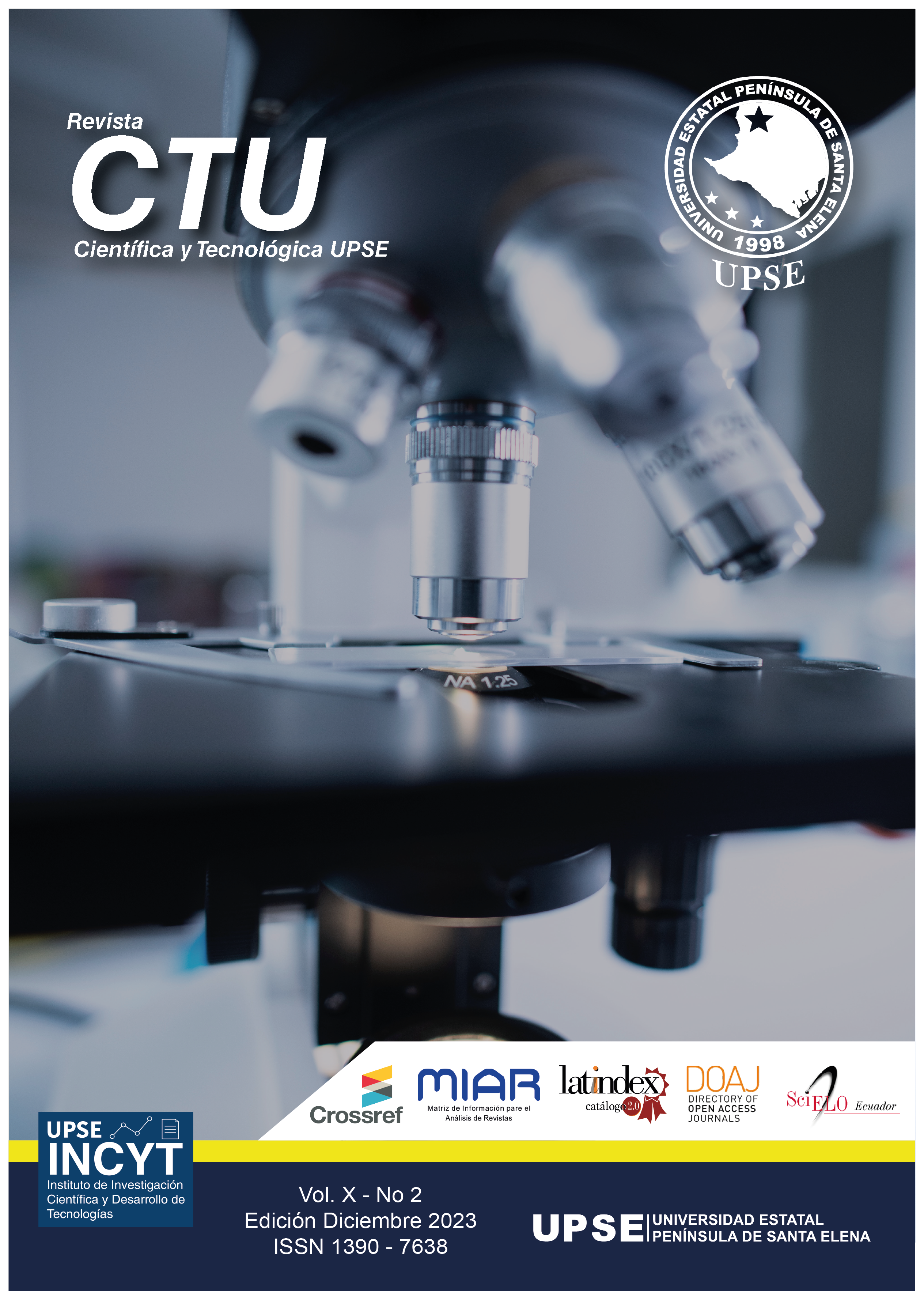Use of Water Efficiency in Tomato Cultivation Using Inert Substrate
DOI:
https://doi.org/10.26423/rctu.v10i2.753Keywords:
Water saving, electrical conductivity, semi-arid climate, hydroponics, nutrient solutionAbstract
The province of Santa Elena is a region with significant agricultural potential for various crops. Marked water deficit and the presence of extensive degraded soil areas pose a challenge in sustaining foodsecurity. Soillesscropsareknownforsubstantial water savings and emerge as a viable alternative in these regions. This research aimed to assess the impactofnutrientsolutiononthechemicalparameters of the recirculating solution, water use efficiency, and yield of a protected tomato crop (Lycopersicon esculentum L.) under an inert substrate system (50% rice husk and 50% sand). Treatments were arranged in a completely randomized design with three replicates, testing three recirculating nutrient solutions: Hoagland/Arnon, Sonneveld/Voogt, and Steiner. Results revealed that the pH and electrical conductivity in all nutrient solutions exceeded the appropriate thresholds for cultivation, necessitating the discontinuation of recirculation. Gross and commercial yields, as well as water efficiency, showed no significant differences. Concerning the fruit, the Sonneveld solution exhibited superior fresh weight, while the Steiner solution excelled in dry weight percentage and total soluble solids.Downloads
Downloads
Published
Issue
Section
License
El titular de los derechos de autor de la obra, otorga derechos de uso a los lectores mediante la licencia Creative Commons Atribución-NoComercial-CompartirIgual 4.0 Internacional. Esto permite el acceso gratuito inmediato a la obra y permite a cualquier usuario leer, descargar, copiar, distribuir, imprimir, buscar o vincular a los textos completos de los artículos, rastrearlos para su indexación, pasarlos como datos al software o usarlos para cualquier otro propósito legal.
Cuando la obra es aprobada y aceptada para su publicación, los autores conservan los derechos de autor sin restricciones, cediendo únicamente los derechos de reproducción, distribución para su explotación en formato de papel, así como en cualquier otro soporte magnético, óptico y digital.












